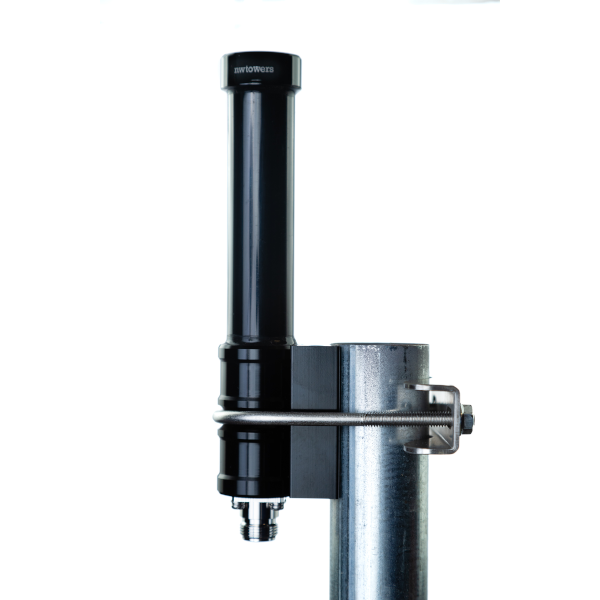
In the challenging environment of open pit mining, robust and reliable mining communication systems are essential for ensuring operational efficiency and safety. A critical aspect of these communication systems is the antenna, specifically focusing on beamwidth and the use of omnidirectional antennas with large coverage areas. This blog post explores the importance of beamwidth in antenna design, the advantages of omnidirectional antennas, and how they can be effectively utilized in open pit mining operations.
Beamwidth is a key parameter in antenna design that describes the angular width of the main lobe of the radiation pattern, typically measured in degrees. It represents the spread of the antenna’s radiation and directly impacts the coverage area and signal strength. A wider beamwidth means a broader coverage area but potentially lower gain, while a narrower beamwidth focuses the signal in a specific direction, increasing gain but reducing coverage.
Omnidirectional antennas radiate signals uniformly in all directions, creating a 360-degree coverage pattern. This makes them particularly useful in dynamic and unpredictable environments like open pit mining communication.
Conducting a thorough site survey is essential to identify the optimal locations for placing omnidirectional antennas. Use tools like signal strength meters and mapping software to evaluate coverage requirements and potential obstacles.
Placing antennas at strategic heights can enhance coverage by minimizing obstructions and ensuring a clear line of sight. Elevated positions, such as towers or tall structures, are ideal for maximizing the effective range of omnidirectional antennas.
To ensure there are no dead zones, deploy a network of omnidirectional antennas with overlapping coverage areas. This redundancy helps maintain consistent communication, even if one antenna fails.
Consider environmental factors such as weather conditions, temperature variations, and interference from mining equipment. Choose rugged, weather-resistant antennas designed to withstand the harsh conditions typical of mining sites.
Regular inspection and maintenance of antennas are crucial for ensuring ongoing performance. Periodic testing can identify and resolve any coverage issues, ensuring the communication system remains reliable.
In open pit mining, effective communication is vital for operational efficiency and safety. Beamwidth and the use of omnidirectional antennas with large coverage areas are critical factors in designing a robust mining communication system. By understanding the importance of beamwidth and leveraging the advantages of omnidirectional antennas, mining operations can achieve comprehensive coverage, reliable signal strength, and seamless communication across their sites.
Investing in the right antenna technology and optimizing their deployment not only enhances operational efficiency but also significantly improves safety for all personnel involved. As the mining industry continues to evolve, the role of advanced communication systems will become even more crucial, making it imperative to stay ahead with the best antenna solutions.



